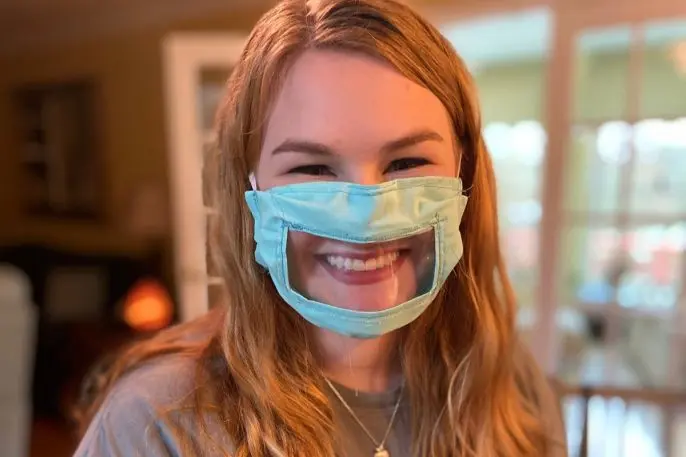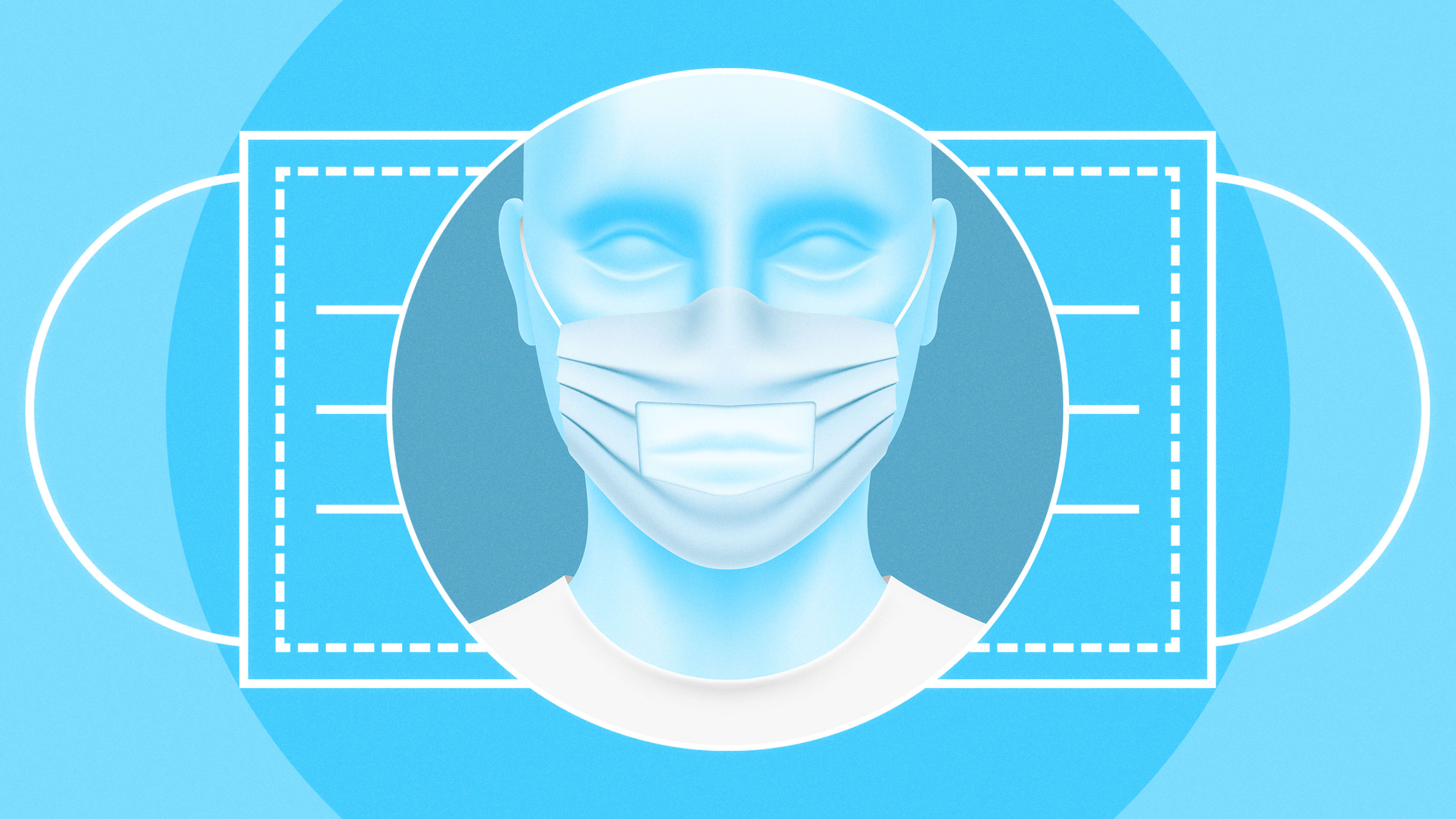Face masks have become a commonplace sighting. But cloth masks hide about half of the face, which is a significant problem for the deaf and hard of hearing, who use lip reading and facial expressions to interpret what people are saying.
There have been a few DIY solutions to make masks more inclusive: In March, a college student in Kentucky adapted a standard cloth mask to add a clear plastic window over the lips; more recently, a North Carolina audiologist created a similar mask for her patients at the Raleigh Hearing and Tinnitus Center and their families.
But these masks, while a good effort, should be treated as a starting point. There’s ample opportunity for the design industry to improve upon them, designing with the intended user rather than for them. Because, as it turns out, these masks present some problems of their own.
For Katharyn Woodcock, a professor at Ryerson University, the adapted masks pose breathability problems, for starters. In a Twitter thread and a later blog post, she noted that the plastic covering would significantly reduce the amount of cloth that functioned as an air filtration system. She wondered if the panel would divert unfiltered airflow through the mask’s edges rather than going through the fabric as intended.
Woodcock also questioned how useful the masks would be for reading lips, saying they might require people to stand closer than six feet in order to see what the other is saying. She said in addition to reading lips, she relies on jaw and throat movement to indicate particular sounds—both of which are still covered by the makeshift masks.
Face shields like this one from Nike, which cover the entire face in a thin shield of plastic, seem like a possible alternative to a face mask with a plastic cutout because they don’t cover any portion of the face. Plus, they can be more protective than face masks from a health standpoint. (And some concepts look really cool.) The issue is that they’re not yet being mass-produced, so they can be difficult to find. One company, Safe ‘n’ Clear, hasn’t been able to meet demand. Another option, Clear Mask, is currently only available for pre-order. This stands in stark contrast to the innovation we’ve seen applied to more traditional face masks and the expediency at which they’ve been produced.
And while people with hearing impairments are most aware of these issues, it’s actually everyone else who needs to be cognizant and wear masks that allow for lip reading.
In the meantime, you can be a proactive communicator. Carolyn Stern, assistant director of outreach and strategic initiatives for the Center for Hearing and Communication, suggests using a talk-to-text app; Woodcock, meanwhile recommends a pen and paper to write out your communication.
The coronavirus crisis has presented a slew of challenges to the design industry—and people have shown an incredible ability to come up with solutions at a breakneck pace. But the fact that certain communities are still being ignored underscores the fact that there’s still plenty of room for improvement.

Recognize your brand’s excellence by applying to this year’s Brands That Matter Awards before the early-rate deadline, May 3.
